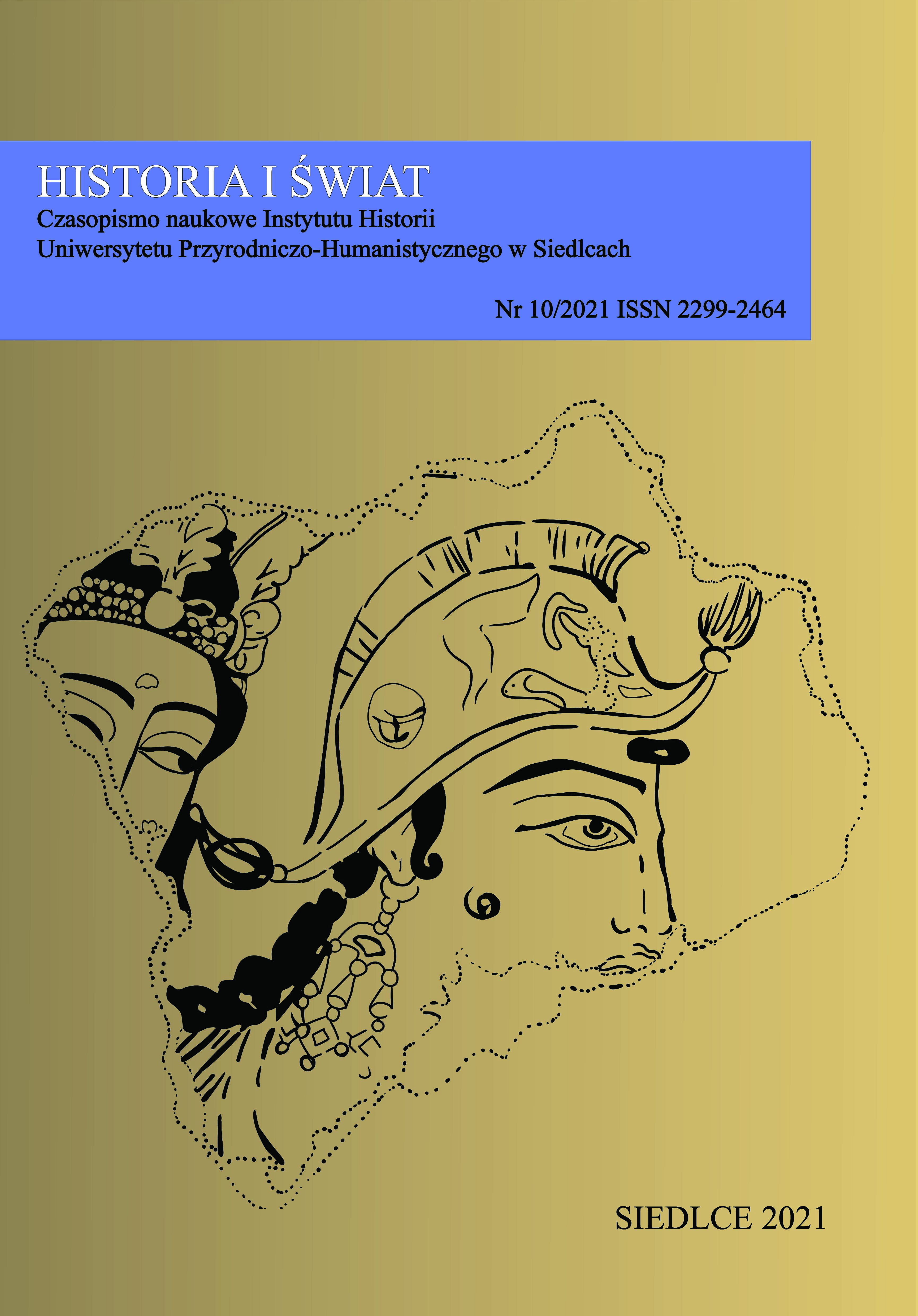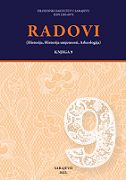Author(s): Marius Gheorghe Barbu,Ioan Alexandru Bărbat,Gică Băeştean,Angelica Bălos,Ioana Lucia Barbu,Costin-Daniel Ţuţuianu,Mihaela-Maria Barbu,Antoniu Tudor Marc,Andrei Gonciar / Language(s): Romanian
Issue: 14/2023
The systematic excavation of Rapoltu Mare – La Vie site (RAN code 90672.02) began in the summer of 2013, in the form of an archaeological diagnosis, whose results opened the perspective of extensive and long-term investigations of the discovered remains. From that moment until now (2023) a decade has passed, which is why, in the present lines, we are trying to present the results of the undertaken research, this time as an extensive report.
The archaeological objective is located in the south-western corner of Transylvania, in the central-eastern part of Hunedoara County (Fig. 1). La Vie point is situated at the northwestern edge of Rapoltu Mare village (Fig. 2; Pl. I/1-2), on the second terrace from the right meadow of Mureș (north), about 1.5 km upstream from the confluence area of Strei and Mureș rivers and at the same distance from the volcanic neck of Măgura Uroiului.
Archaeological discoveries from this point are reported as early as the last decades of the nineteenth century. Much later a field survey of the area was undertaken, in order to verify the information from the older bibliography, a first trial pit being conducted in 1999. Other archaeological excavation, also in the form of a test pits, were those from the summer of 2013. The obtained results created the premises for transforming the intrusive diagnosis into a systematic archaeological excavation, which allowed the identification and digging of archaeological contexts that, from a chronological point of view, are stagged from the Paleolithic to the Modern Age.
Of these, the most intensive habitation proved to be in Roman times, during the
II-III centuries AD.
The stratigraphy of the site revealed the succession of pre-Roman dwellings and the phases of arrangement of the identified Roman complex (Fig. 3-4). Below the vegetable, plough level, in which archaeological materials, especially Roman, were already found, were noted between six and eleven layers, depending on the situation in the investigated areas, which allowed the classification of anthropogenic traces in many epochs. It has been observed that the oldest human habitation in this place dates back to the Upper Paleolithic, followed by a consistent one from the Early Neolithic, then by the dwellings from the Eneolithic, the Early Bronze Age, the Second Iron Age and the Roman Age, for which two stages of construction of a villa rustica complex were observed.
In the investigated areas it could be observed that, in prehistory, the Paleolithic level overlapped directly the limestone structure of the existing terrace (Fig. 3-4;
Pl. III/1-2, IV/1). The recovered lithic material – finished pieces and many cutting debris, can be dated, for the most part, to the Upper Paleolithic (Pl. IV/2-4), and some pieces can be attributed, with reservations, to the Middle Paleolithic. In the Early Neolithic, a community belonging to the Starčevo – Criş culture was established here (Pl. V-VII), the material recovered from the investigated surface features and pits – pottery and lithic pieces, being datable in first centuries of the VIth millennia BC. For the Early Eneolithic, traces of habitation on the terrace are, for now, mostly sporadic, the most consistent being located on the high plateau Jipiș (Pl. XXI-XXII), placed immediately to the north, height that shelters, at the base, a karst structure. The Bronze Age is better represented by features datable to the third stage of the early period
(Pl. VIII/2), but in the dug levels, ceramic fragments were discovered that also attest to dwellings from the middle and late periods.
In ancient times, the terrace experiences again more intense habitation. The La Tène epoch is illustrated by several features (Pl. IX/1-2), rich in materials, but also by pottery discovered in the upper levels, indicating the interval of the third century BC. After an apparent hiatus in terms of habitat, the terrace is occupied, after the period of the Roman province of Dacia, by a rural residence that experienced construction and, after a moment of destruction, the reconstruction of a housing and household complex characteristic of the era (Pl. X-XVII). Its evolution could be seen in detail, from the first temporary wooden constructions, to the construction of the first phase of the residence, the moment of destruction by arson, the second phase of construction and extension of buildings and, finally, the stage of their abandonment, after which, in the Middle Ages, it became a handy source for the first stone edifices of Rapoltu Mare village. Pieces with chronological value – coins, fibulae, discovered in clear contexts attest to the existence of the villa from the first quarter of the second century until the middle of the third century AD.
In the Middle Ages, the habitation in the area seems to have been abandoned, the only discoveries so far being two graves attesting the existence of a cemetery dating from the XI-XIIth centuries (Pl. XVIII/1-3). In the following centuries – XIV-XV, maybe even earlier, the traces of the old Roman era constructions are stolen by the locals, a phenomenon that will persist until recently.
Towards the end of the Middle Ages and in modern times, the northwestern part of the locality, in the area called La Vie, as the toponym suggests, is occupied by the village vineyards, which will gradually disappear as a result of phylloxera, beginning with the second half of the nineteenth century.
More...















